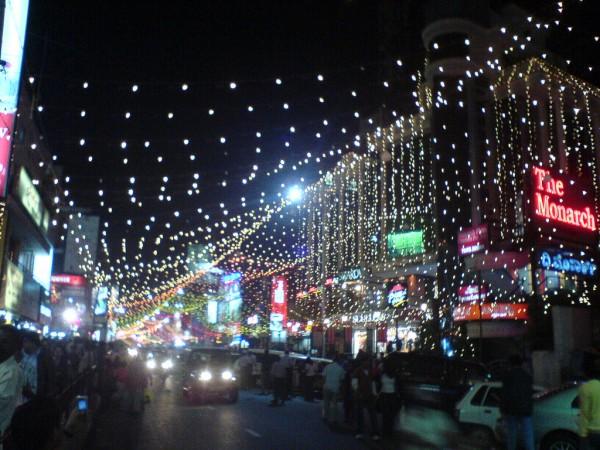
Hope gave way to despair for many Indians within the first few days of 2017; bad news hit them with a vengeance from all directions. But the molestation of women on the intervening nights of December 31 and January 1 in Bengaluru — sparking fear and outrage in equal measure — topped it all.
Macroeconomic indicators for December 2016 showed yet another month of slump in manufacturing and services sectors, while bank credit growth rate plunged to a six-decade low. Advance estimates for FY2017 GDP growth rate even without factoring in demonetisation was reduced to 7.1 percent, while IT companies are staring at fresh H-1B visa challenges from a protectionist America. Hardened positions of the ruling BJP-led NDA and opposition parties over Budget 2017 amid state assembly polls have also raised concerns over another Parliament session of filibuster and chaos.
Read: PM Modi's demonetisation decision could strip India of 'world's fastest-growing economy' tag
From a macroeconomic perspective, the Narendra Modi government could be in for a prolonged spell of slowdown as the world's fastest-growing economy comes to terms with a new normal -- less cash in day-to-day transactions. If the estimates of a sharp slowdown in the second half of the current fiscal turn out to be true, India may end up with a GDP growth rate of less than seven percent, a far cry from the 7.75 percent projection on the upper side made by economists of the Modi government earlier.
To add to the woes of the people, a Reuters poll suggested that the Indian rupee could plunge to a record low of 69.50 to the US dollar due to a double whammy — rising bond yields in the US and the uncertainty in the economy triggered by demonetisation.
"Given the demonetisation exercise, the attraction for gold may come back again. (Given) the fact that there was no meaningful depreciation of the rupee over the last two years when everything else was depreciating, a correction...is due," Bhupesh Bameta, head of FX research at Edelweiss Financial Services in Mumbai, told the agency.
The depreciation, if triggered in the first few months of the year, would make overseas trips costlier for many Indians who tend to visit Southeastern countries during summer holidays.
The domestic currency had depreciated by about 2.70 percent in CY 2016 as compared to the six percent erosion in the Chinese currency yuan.
The molestation of women on M G Road and Brigade Road — popular for many years among New Year revellers — brought shame and insecurity to Bengaluru, touted as India's IT capital and sometimes as Silicon Valley of Asia. The initial inaction of the law enforcement agencies coupled with comments by a minister of the Karnataka government that were perceived as irresponsible by many, worsened matters.
Read: Woman molested on Air India flight to US by Indian man; pervert handed over to US police
The incident could not have come at a more inopportune time; Bengaluru is playing host to the 14th edition of the annual congregation of overseas Indians from January 7 to 9.
There are about 31 million Indians living abroad, of which 17.8 million are NRIs and 13.4 million persons of Indian origin (PIOs), according to a government statement.
The molestation of girls runs the risk of portraying not just the city in a bad light, but also raises questions on the mindset of people across the country.
Home to a range of domestic and foreign companies representing manufacturing, IT services, banking and a large number of research centres, crime in the city gets noticed across the world.

















